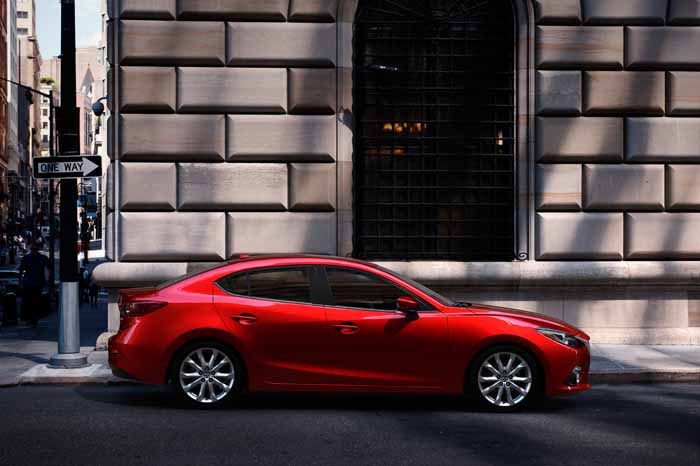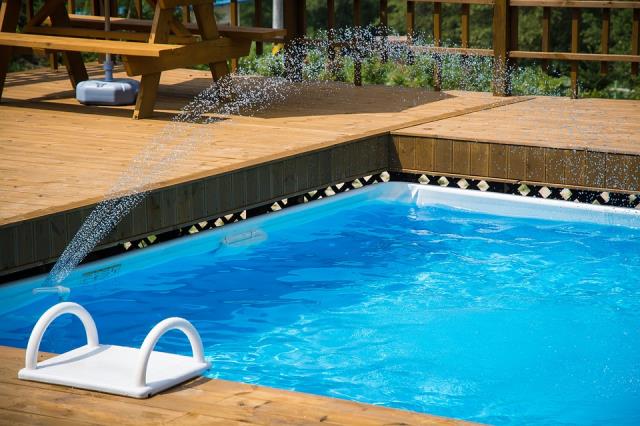While best known as a hatch, I prefer the sedan versions for both aesthetics and practicality – the hatch has one of the smallest cargo areas in its class but the boot in the sedan, at 408 litres, is surprisingly cavernous considering its exterior shape.
One good thing about the Mazda range is the equipment that comes as standard across the range. For example, the 2.0 Maxx, second in line after the base-model Neo, has the nifty MZD multi-media and smartphone integration system, which includes apps such as Pandora and can read out text messages, emails and even Facebook notifications.
More importantly, it also features sat nav, reversing camera and decent six-speaker audio as standard.
All this is displayed on a 7-inch touch screen that sits on top of the dashboard. It looks like the designers forgot to include it in the original design and just glued an iPad mini to the top of the dash once they realised the error. That said, you don’t have to look down as you would if it were embedded into the dashboard.
The 2.0-litre petrol engine has Mazda’s Skytech technology, which provides more compression and, in turn, better fuel economy. It goes OK but lags a bit in auto. I think the Mazda 3 is one car that’s better, and a lot more fun to drive, in manual.
The Mazda 3 Maxx represents good value for a car in the $26,000 range, but if you have a bit more to spend and want more bells and whistles there are a couple of alternatives within the Mazda showroom.
Bells and whistles
The top-spec Mazda 3 SP25 Astina is replete with European features at a Japanese price. The first thing you notice when you push the start button is the display screen popping up in front of the steering wheel.
This shows speed, sat nav directions and settings for my favourite feature, the radar-controlled adaptive cruise control, which automatically slows down or speeds up depending on the speed of the car in front. As well as setting the maximum speed, you can set the gap you want between the car in front.
Other state-of-the-art safety features include forward collision warning and lane departure warning, which senses if you cross the white line and makes a buzzing sound that gets your attention without scaring the hell out of you.
There’s also blind-spot monitoring, smart city brake support, rear cross-traffic warning and automatic dimming rear-view mirror, all available in a safety pack that’s optional in other Mazda 3 models for about $1500.
Extra creature comforts in the Astina include leather seats with power control and heating and nine-speaker Bose audio system.







